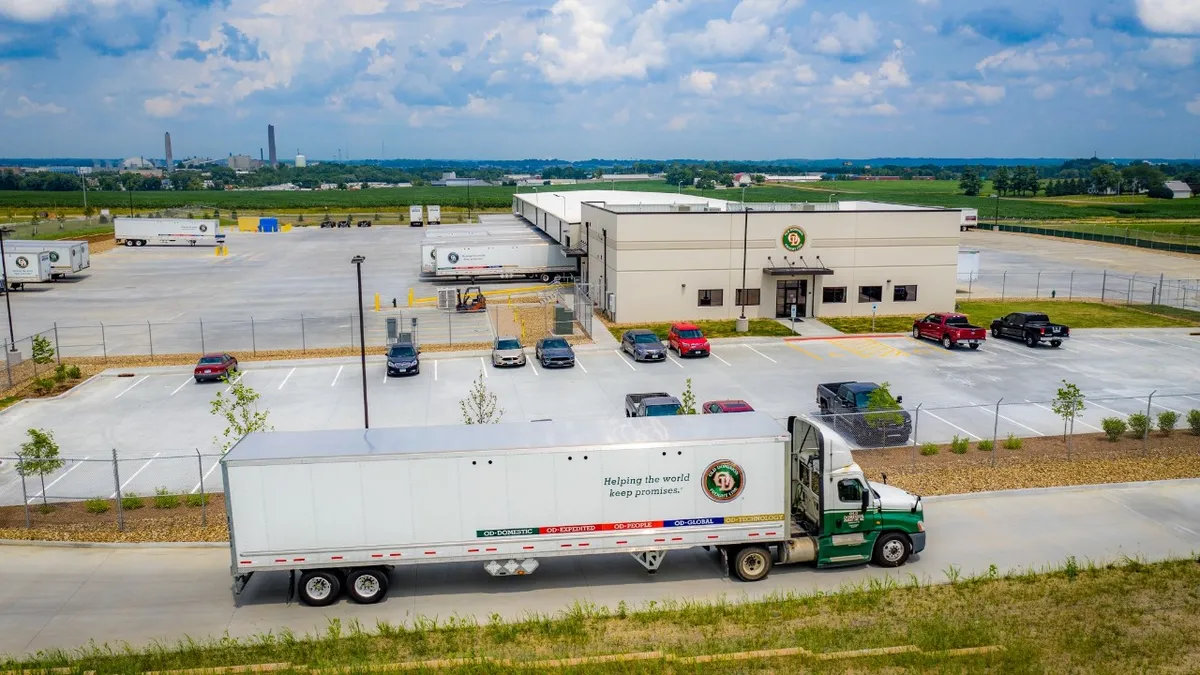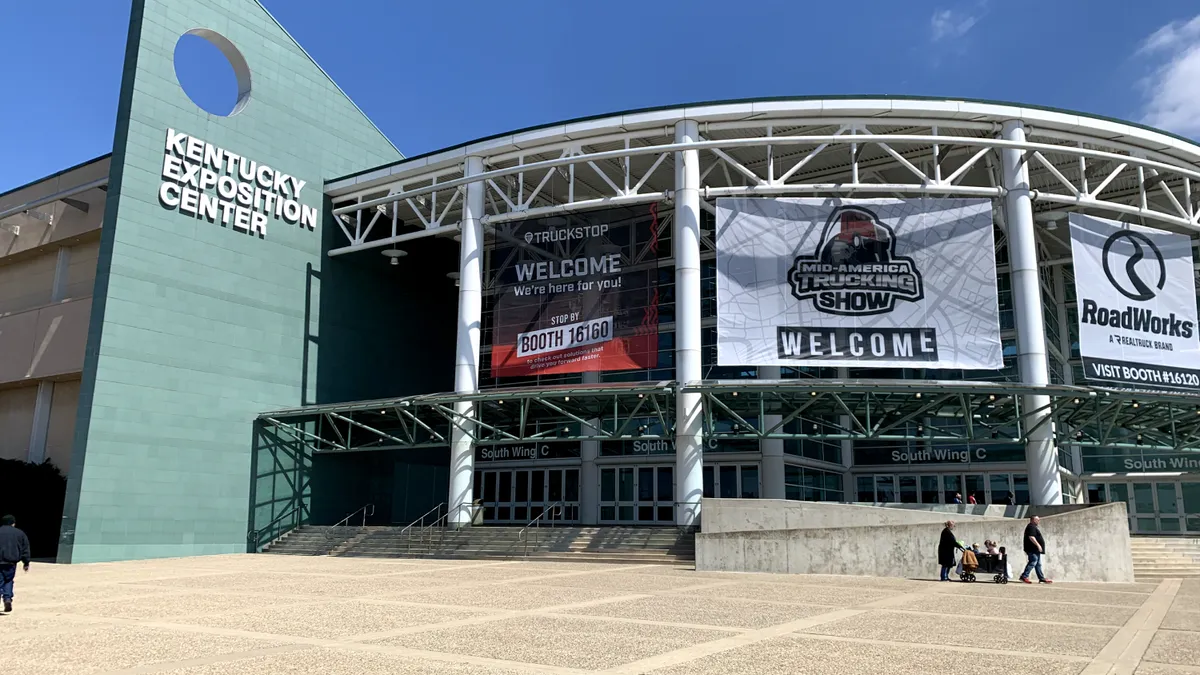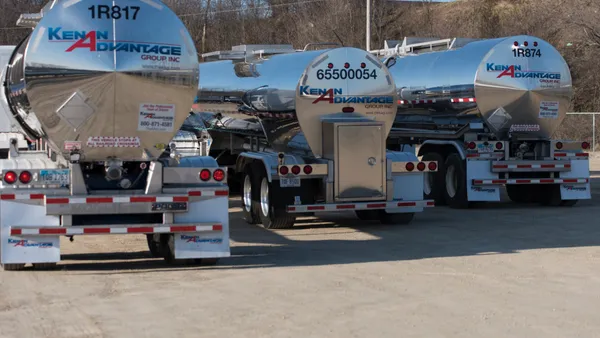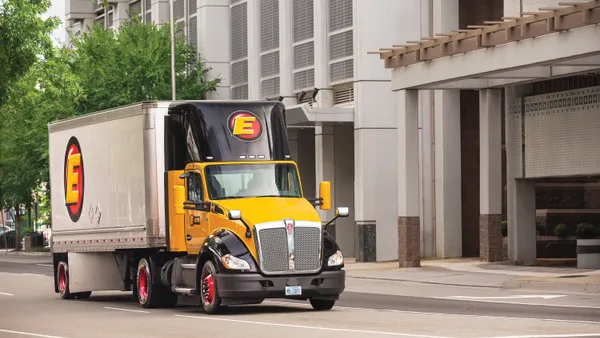Dive Brief:
- Old Dominion Freight Line raised the bidding for Yellow Corp.’s real estate, entering a counter-offer of $1.5 billion for the LTL carrier’s now-shuttered terminals in a federal bankruptcy court in Wilmington, Delaware, on Friday.
- The offer, submitted with Yellow’s debtor-in-possession terms sheet, surpassed a $1.3 billion bid by Estes Express Lines last week for the more than 160 terminals across the country.
- Yellow has selected hedge funds MFN Partners and Citadel’s offer of $142.5 million to finance its wind-down of operations. The real estate bids from the rival LTL carriers assure Yellow’s ability to cover $1.2 billion in debt to its largest lenders, including a $700 million COVID-relief loan from the Treasury.
Dive Insight:
Old Dominion’s offer could be the beginning of a lively court-supervised property auction.
More than 100 bidders have expressed formal interest in Yellow’s assets. Yellow is prepared for a bidding war.
The bankrupt LTL carrier will “seek the highest or otherwise best offers for all of the debtor’s assets,” Allyson Smith, a Kirkland & Ellis attorney representing Yellow, said in a court hearing last week.
A spokesperson for Old Dominion declined to comment Monday.
The current bidders are two of the top players in the U.S. LTL market, operating hundreds of facilities each. Old Dominion has more than 255 service centers across the country. Estes has about 280.
But the competitors’ billion-dollar bids for Yellow’s property likely aren’t seeking to create an LTL super-carrier with a network larger than that of FedEx Freight’s 400 service centers, said Satish Jindel, a longtime industry observer.
Rather, buying hundreds of terminals at once — including some a carrier might not immediately need — would effectively ensure ongoing consolidation by blocking new or smaller competitors from entering the ranks of the handful of LTL giants that control most of the market share, Jindel said.
Acquiring a 100-door terminal in a market where a carrier has a 60-door facility, for instance, provides future opportunities for expansion into the larger terminal and renting out the smaller facility.
“It's a way for them to ensure they can upgrade and add capacity when they need it, and not have to go and try to rent from someone,” Jindel said.












